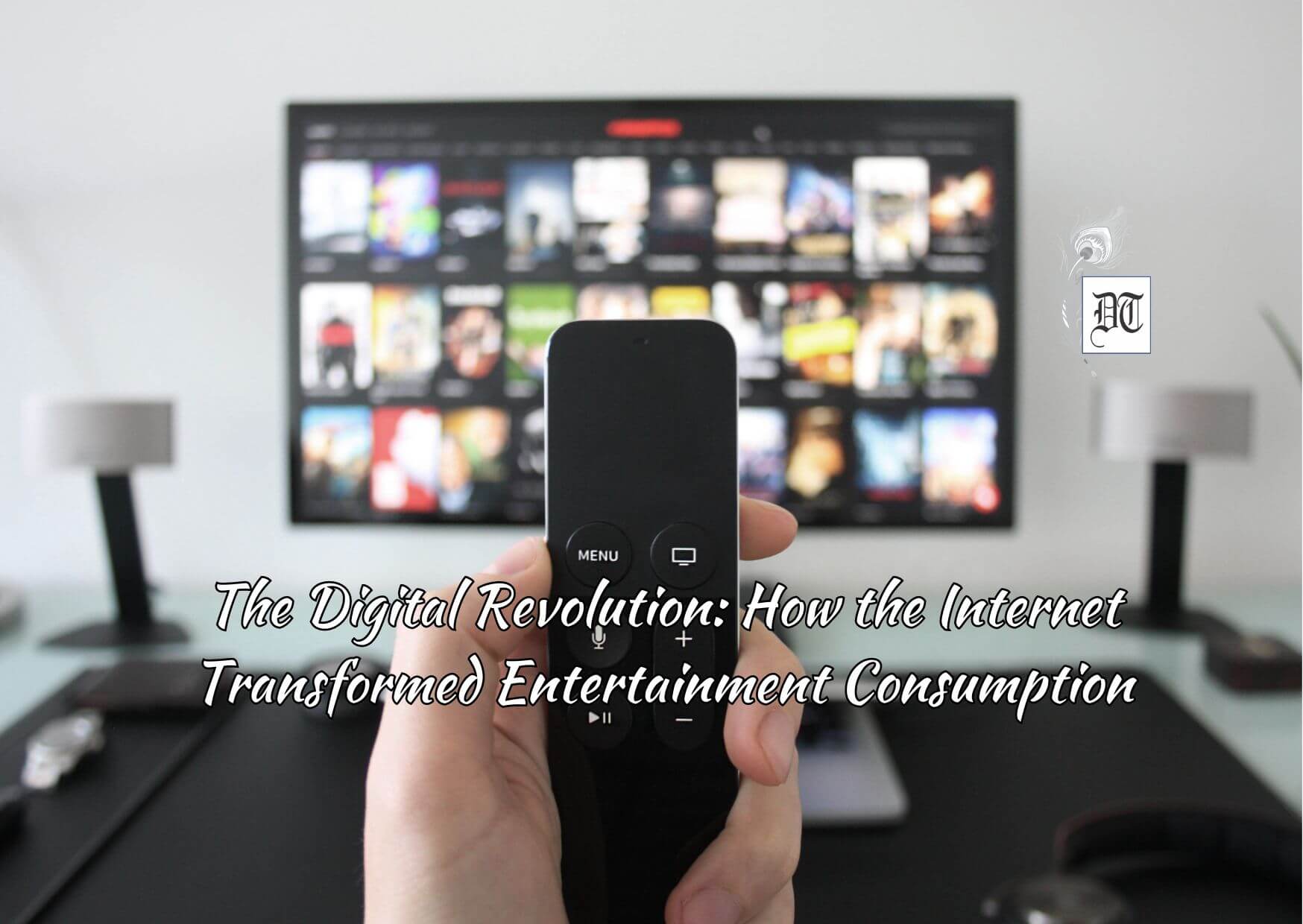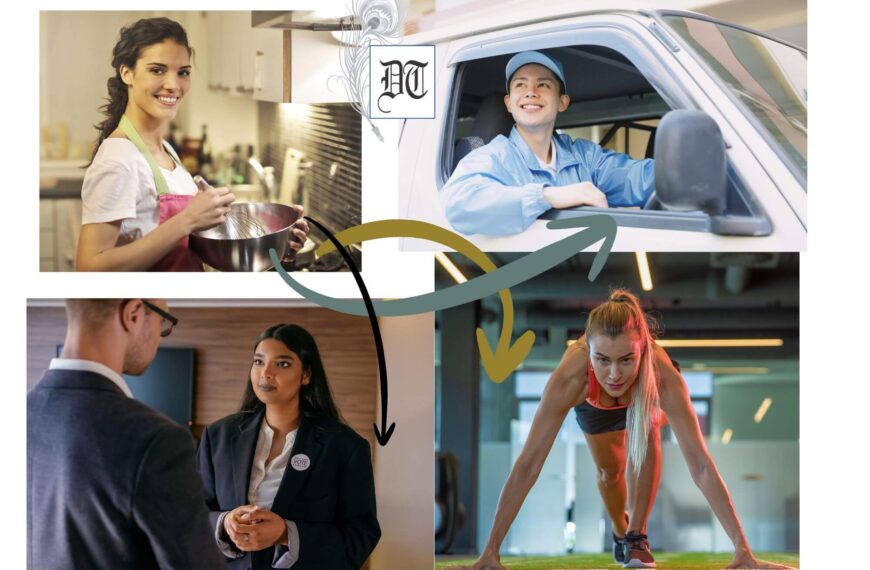Ruchira explores India’s entertainment landscape, highlighting technological advancements like cassette tapes and OTT platforms, and their impact on music, movies, and food consumption, exclusively for Different Truths.

To think deeply, one would be astonished to realise how within the space of a few decades, the entertainment scenario in our country has undergone far-reaching (read, irreversible) changes. To begin with, tape recorders and Walkman, along with a bevy of cassette tapes, passed into oblivion forever. Their place was promptly occupied by CDs (compact discs), both audio and filmy ones, and an assortment of CD players available in varying price ranges. This breakthrough also compelled the gramophones (aka record players) along with their vast cache of long play’/ 33 rpm, 78rpm, and 45rpm vinyl records to disappear from people’s lives.
I can’t remember the exact period when transistors—the common man’s prime source of information (read news), relaxation, and more Importantly, a status symbol too made a quiet exit. I am reminded of the ubiquitous radio back home during my early years. Its iconic, green slit-like power indicator (indicating it was on) fascinated me to no end.
Television, which debuted in India way back in 1959, witnessed a paradigm shift with the advent of colour TV in 1982.
At the turn of the century, more impactful changes came. Information Technology, in tandem with the Internet (read, world wide web), overran the entire land; everything went digital. Numerous social media platforms like YouTube, which was born in the US of America in 2005, mushroomed everywhere. If someone craved some good music or caught a movie of his choice all he needed to do was press a button on his desktop/laptop keyboard and voila! Long lists and categories of music and movies would pop up before him. He could select what he needed. It sent the sale of CDs on a downslide. This online phenomenon is now skyrocketing. The Internet brought glad tidings for whom gastronomy is both a passion and recreation. From piles of cookery books, the focus has now shifted to prolific videos of cookery shows, not forgetting recipes, which are nearly as numerous as stars in the sky.
In my humble opinion, it poses a silent but formidable challenge to eating joints of all types—right from highway dhabas to five-star ones. For those who are finicky about consuming nothing, ghar ka khana (home-cooked food), this is a boon! With a little effort and all the essential ingredients on hand, you can whip up popular and delicious dishes that rival even the pros!
Another wave of transformations came in the trail of the ‘Pandemic’ that transmogrified the contour of the globe. Confined within claustrophobia, it gripped people for days, weeks, and even months in their homes. and desperately sought catharsis. Relief came in the shape of OTT technology through which folks could access numerous apps packed with movies and serials (web series) and lots more…and view them on their home television screens.
“Zoom,” a communications platform, brought additional relief. A platform that enabled users to connect with many others via video, audio, phone, and chat. Say, wasn’t it fun to be able to see and interact (albeit virtually) with your near and dear ones from the confines of your home? At least, you were reassured that COVID hadn’t gotten them!
With the inroads of science and technology, cinema has possibly been the worst hit. The trend of watching movies at theatres took a backseat after CDs flooded the scene. The ‘Corona’ coupled with OTT virtually drove a nail into the coffin. Another formidable front sprang up with mobile phones and handsets providing movie-watching facilities. To recover their losses, theatre owners spiked the rates of tickets, which made things worse. Often, nowadays, theatres run half-full or less, loyal viewers being mainly the youngsters (newlyweds). included) who seek intimacy and privacy away from prying eyes.
Picture design by Anumita Roy






 By
By


 By
By